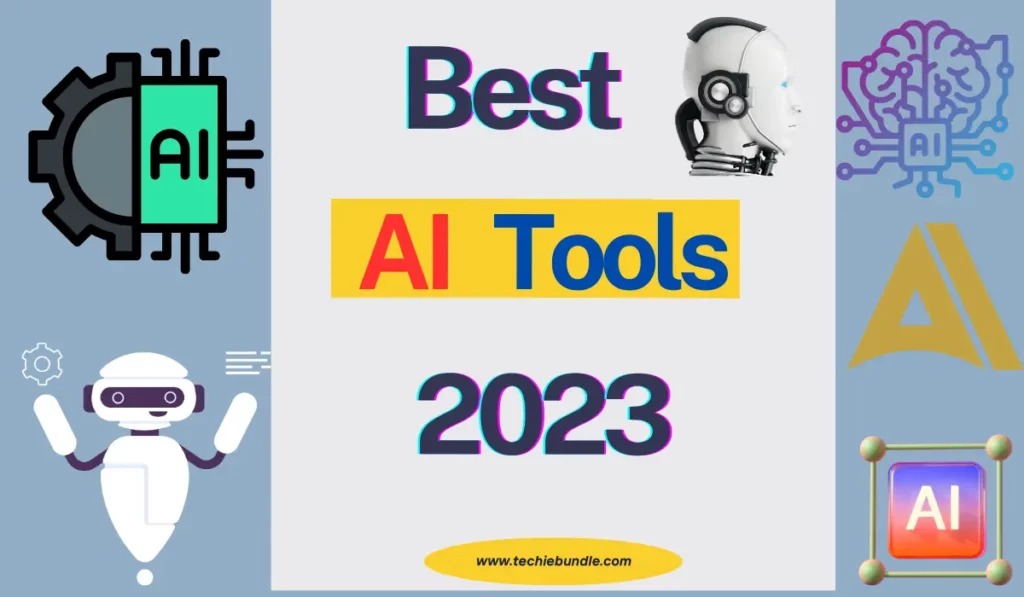In this article we will discuss about 6 Best ai tools of 2023. World is growing very fast, we humans using technology to make our life simple and easy it’s clear that technology is becoming a big deal, and artificial intelligence (AI) plays a significant role in this. Both large businesses and small brands are recognizing the benefits of AI. We use it because it simplifies tasks, increases productivity, and improves the overall experience and satisfaction for clients and customers.
OpenAI GPT-3 (Language Model)
Overview
Open AI GPT is built to answer your human prompts. It can easily answer your human questions. And it is deep and advanced learning to answer or generate your text.
Key Features
- GPT-3 has 175 billion Factor , making it one of the largest language models in 5he world.
- It excels in natural language understanding, text completion, and creative content generation.
- Mostlty we Use this AI for chatbots, language translation, content creation, and more.
Applications : GPT-3 helping us human in various applications , including content creation, chatbot development, code generation, and language translation.
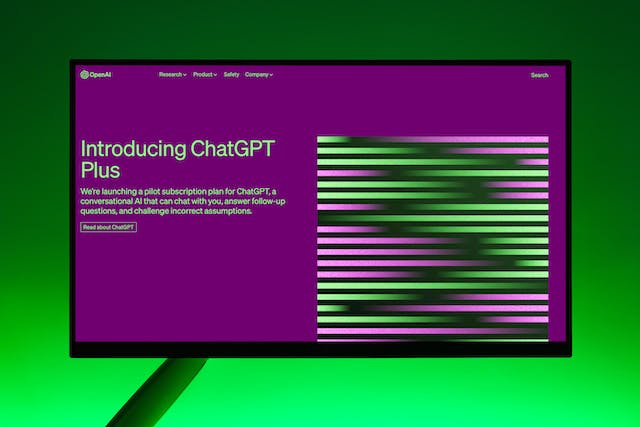
TensorFlow
Overview
TensorFlow is an open source machine learning library developed by AI Google’s Google Brain team.
Key Features
- Supports both deep learning and traditional machine learning.
- Offers a flexible architecture for model development and deployment.
- TensorFlow Extended (TFX) aids in the entire machine learning pipeline, ensuring seamless integration for we human.
Applications: TensorFlow is used to help us with various applications including image recognition, natural language processing, speech recognition and more

PyTorch
Overview
PyTorch is an open-source deep learning library developed by Facebook for the convenience of our humans.It is known for its dynamic computational graph, making it more intuitive for researchers and developers.
Key Features
- Dynamic computational graph for easier to we creator.
- Strong support for neural network experimentation.
- We widely used in research and academia.
Applications: PyTorch works in a variety of applications, including computer vision, natural language processing, and reinforcement learning, and works to make our human lives easier.
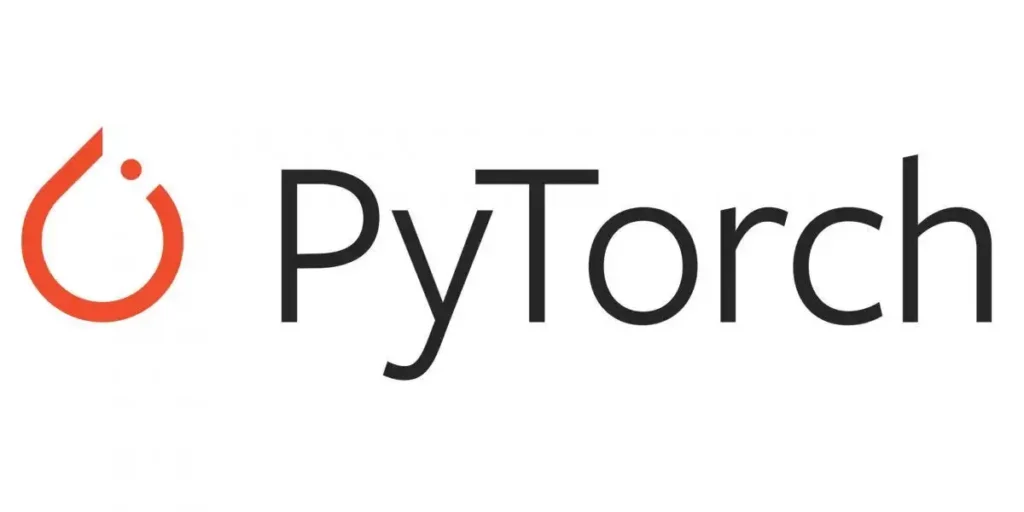
Microsoft Azure AI
Overview
Microsoft Azure this AI provides us a comprehensive set of tools and services for developing, training, and deploying AI models on the Azure cloud platform.
Key Features
- Azure Machine Learning service for model development and training.
- Azure Cognitive Services for vision, speech, language and pre-built AI capabilities for us humans. – Supports integration with popular frameworks like TensorFlow and PyTorch
- Integration with popular substructure like TensorFlow and PyTorch.
Applications: Azure AI is used we human as for diverse applications, including predictive analytics, computer vision, and natural language processing.
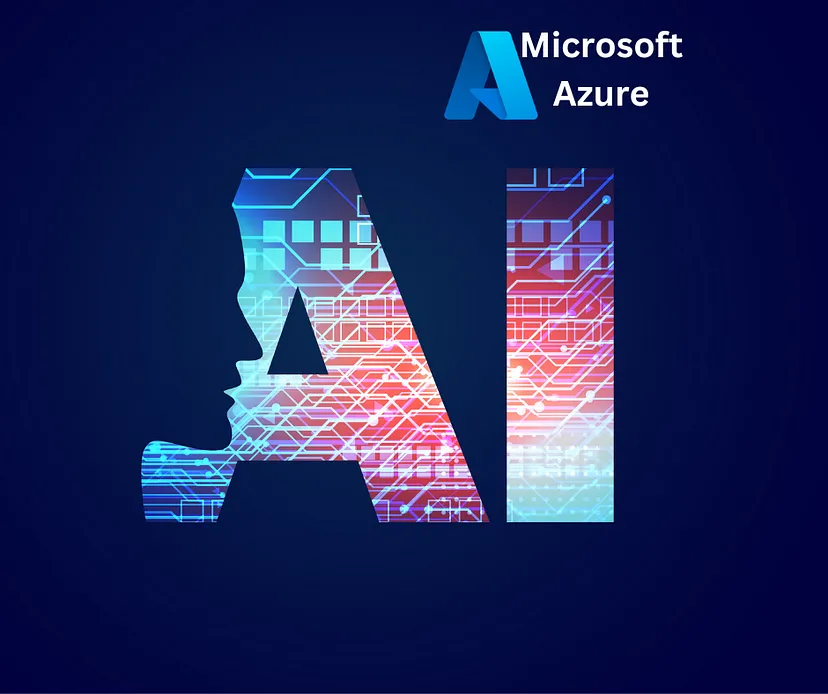
IBM Watson
Overview: IBM Watson is a suite of AI services offered by IBM, to we human encompassing various cognitive computing capabilities.
Key Features:
- Machine learning services for predictive analytics.
- Watson Studio for collaborative model development.
Applications: IBM Watson is applied in areas such as healthcare (diagnosis and drug discovery), customer support, and business intelligence.
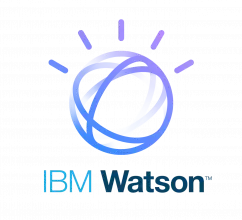
Computer Vision Frameworks (OpenCV)
Overview
OpenCV is a widely used computer vision library with a vast collection of tools and algorithms.
Key Features
- Image and video processing functions for tasks like object detection and recognition.
- Support for real-time computer vision applications.
- Cross-platform compatibility.
AI-powered Chatbots
Overview
Conversational AI and chatbot development frameworks aim to create intelligent virtual agents capable of understanding and responding to our humans quarries.
Key Features
- Natural Language Processing (NLP) for understanding user queries.
- Dialogflow by Google and Microsoft Bot Framework are popular examples.
Applications: Chatbots find applications in customer support, virtual assistants, and interactive user interfaces.
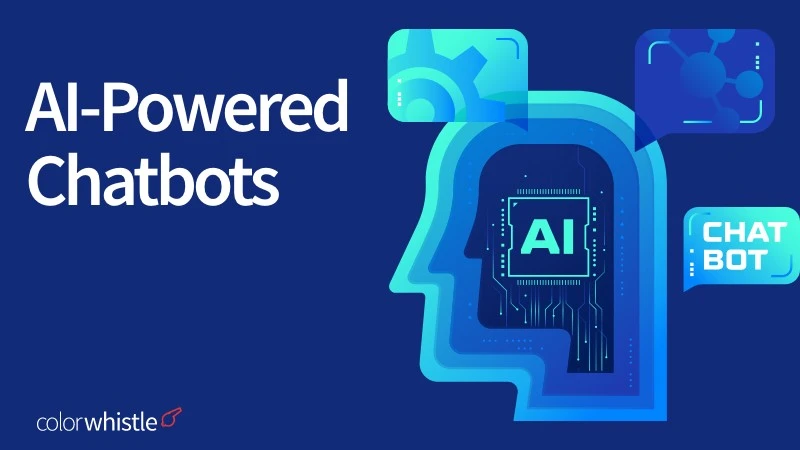
Conclusion
In conclusion, the “Best AI Tools of 2023” represent a remarkable leap forward in the field of artificial intelligence. This year has seen significant advancements in various AI applications, including those in the realm of video editing, as detailed in our focused segment on the Best AI Tools for Video Editing 2023. These tools stand out for their user-friendly interfaces, powerful capabilities, and innovative features that cater to both professionals and enthusiasts.
As AI continues to evolve and integrate into various sectors, the tools highlighted not only demonstrate the current state of the art in AI technology but also pave the way for future developments. Whether for business optimization, creative endeavors, or academic research, these AI tools of 2023 are transforming how we interact with technology and data, making AI more accessible and effective than ever before.



